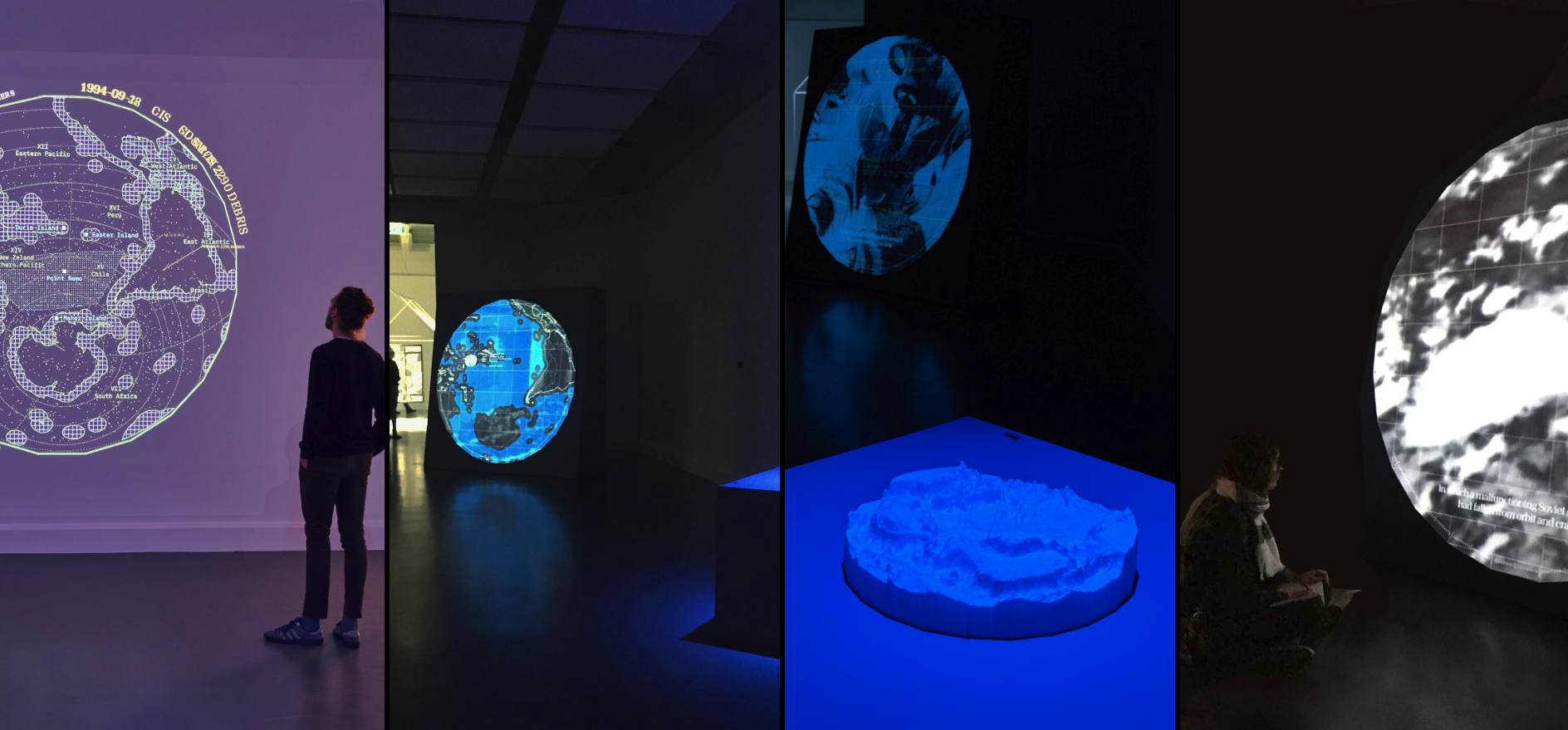Hey, I'm Giacomo.
I am an Information Designer and fermentation enthusiast based between
BerlinDE and BolognaIT.
Mainly, I am interested in exploring the intersection of technology, journalism, and culture, where I work on both commissioned and autonomous research projects. I also teach from time to time.
From design to programming, I explore the web with a focus on information structure and visualisation. My practice ranges between building web interfaces, designing tools and prototyping.
I co-founded Krisenstab, and I am currently building Vantage, while working at Airwars and metaLAB.
Occasionally, I teach at Weißensee Kunsthochschule.
Feel free to leave a drawing, write to me
digitally print me a
message or follow my
feed.
You can also browse a
selection of projects.
My work has been exhibited at: Het Nieuwe InstituutNL, Van AbbemuseumNL, Bureau EuropaNL, ADI Design MuseumIT, HKDI GalleryHK, Le Gallerie TrentoIT, Zentrum für Kunst und UrbanistikDE, and featured on: GIJN∿, ADI Design Index∿, Slanted∿, LINK∿, and e-flux∿.
The data in the graph comes from this spreadsheet. The images in this website use dither-dither.
Oceanic Pole of Undefined Liability
While space debris is mainly associated with the countless pieces scattered around the Earth, its re-entry into the atmosphere and its possible re-entry into the sometimes deliberately controlled marine environment often goes unnoticed.
The installation explores the atmospheric re-entry of space debris and its possible fallout into the marine environment, reality by providing one or more counter-narratives on different levels: terrestrial, sub-marine and orbital.
Since space exploration began in the 1950s, the various technologies used to launch and carry out missions have left their mark, gradually creating vast fields and layers of debris both in orbit and in Earth’s marine environment.
While space debris is mainly associated with the countless pieces scattered around Earth, its re-entry into the atmosphere and its possible fallout into the marine environment, sometimes deliberately controlled, often go unnoticed. Media portraits address the phenomenon of falling debris mainly in the context of the mysterious “Point Nemo,” also known as the “space ship graveyard.” However, the romantic and anthropomorphic concept of technology finding its final resting place is misleading and ignores the reality of a chaotic garbage dump embedded in a complex legal dilemma around environmental damage.
Tracking and Trashing: Oceanic Pole of Undefined Liability, was originally developed for the GEO-DESIGN exhibition Junk All That Is Solid Melts into Trash LINK during Dutch Design Week 19. The project explores this reality by providing one or more counter-narratives on different levels: terrestrial, submarine and orbital, investigating the past, present and potential future of Point Nemo.
The visual and spatial transposition of the project consists of three levels, all of which contribute to the main narrative but also function as independent elements. They follow the vertical path from space to the seafloor and offer a variety of perspectives on the complexity of space debris, each with a different depth of information.
Orbital Level - Prediction
A timeline displays all man-made space objects that have fallen in the South Pacific Ocean Uninhabited Area (SPOUA) from 1959 to the present. By calculating and plotting the probable re-entry point according to the last known orbital position, the resulting coordinates are juxtaposed with the jurisdictional boundaries of coastal states (Exclusive Economic Zone) and the Navigation Areas.
Terrestrial Level - Accountability
A projection on a radar-like structure chronicles and processes the geographic, technological, and legal complexities of detecting, tracking, and disposing of space debris in the Pacific Ocean.
Submarine Level - Sedimentation
Bathymetric model of Point Nemo, an archaeological site where the remains of re-entered spacecraft are partially preserved. As a geologic region, it represents the only static element within a changing environment of space and land-based infrastructure.
